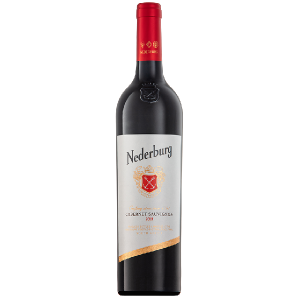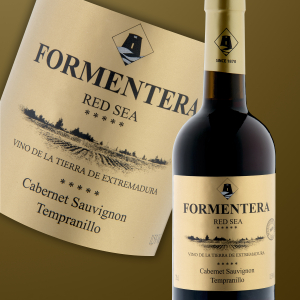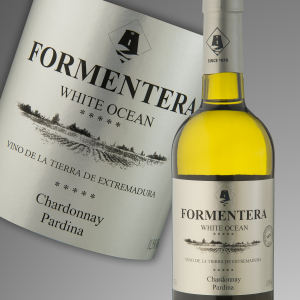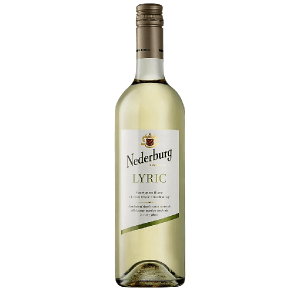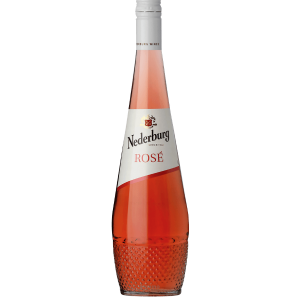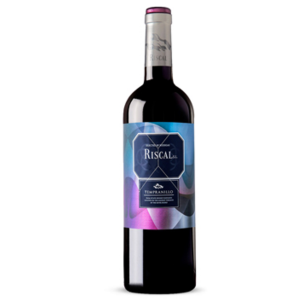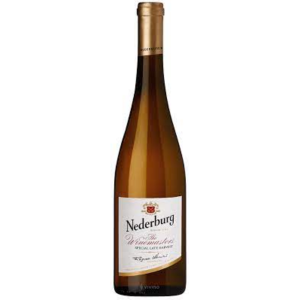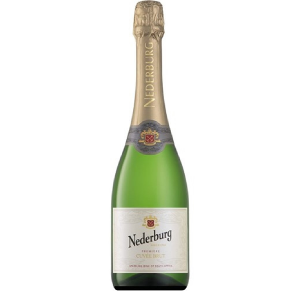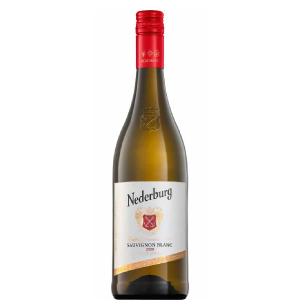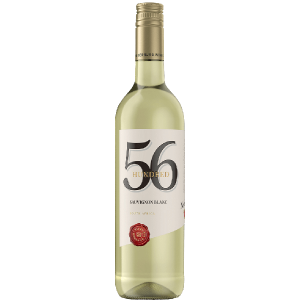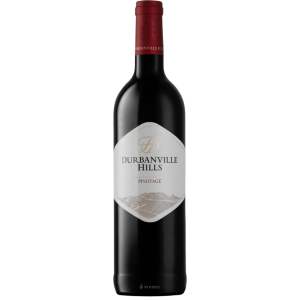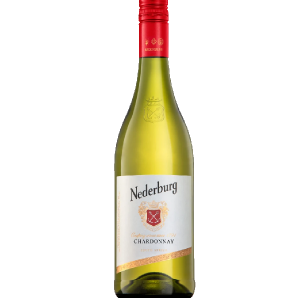Red Wine, White Wine, Rose. Prosecco and Champagne.
Product Filter
-
NEDERBURG CABERNET SAUVIGNON
KES610 – KES1,780The grapes were sourced from top-performing vineyards situated in the Darling, Cape Town and Ceres districts, all cool climate winegrowing areas with the benefit of slower ripening of the grapes to achieve greater flavour intensity. The vines are grown in granite and sandstone soils, resulting in grapes with a zestier and higher natural acidity, which adds to the freshness and longevity of the wine. Open vineyard canopies bring about greater sunlight penetration of the grape bunches, contributing to more balanced acidity, in turn making the wine deliciously palatable.
Colour Crisp with a touch of lime green.
Bouquet Aromas of a highveld thunderstorm and flinty, grassy smell with zingy lemon and granadilla notes.
Palate Dusty flint with lemon zest and marmalade flavours can be found on a balanced, refreshing palate. Vivacious acidity is poised by juicy fruit nuances with some granadilla and tropical notes noticeable. -
Formentera
KES900Red Sea is the flagship of the Formentera range of wines.
Made from the finest tempranillo and Cabernet Sauvignon grapes, it is a well rounded, sweet wine that has hints of strawberry, plum and vanilla aromas, which are even stronger on the palatte.
It pairs well with goat, lamb and beef. The sweet fruity nature of this wine can also add a burst of flavour to white meats too.
-
Formentera
KES900Made from the finest Chardonnay and Pardina grapes, Formentera White Ocean has a straw-yellow colour that expresses elegant aromas of citrus fruit, with a floral touch towards the finish.
On the palette, there is a distinct sensation of freshness accompanied with intense flavours of green fruit that stand out and persist. The well balanced acidity leaves a lasting, pleasant impression that tickles your taste buds.
The wine pairs well with pastas, white meats and fish – particularly shell fish.
-
NEDERBURG LYRIC Sauvignon Blanc, Chenin Blanc and Chardonnay
KES1,070A melody of classic white wine varieties which come together perfectly in every glass.
Aromas of passion fruit and citrus with hints of freshly-cut grass.
Medium-dry, crisp and generous with minerality and a fresh acidity.
-
NEDERBURG ROSE
KES1,120The fruit for this wine came from vineyards located on the Nederburg farm in Paarl. Close proximity to the cellar is beneficial on two fronts: retaining freshness and minimising skin contact to achieve a light onion colour in the wine. Planted in 2007 in shale, with good water-holding capacity to buffer soil against heat waves and to protect the freshness of the fruit. The vines are trellised on vertical systems, with sufficient sunlight penetrating into canopies for more balanced acidity in the eventual wine
Colour Blush pink.
Bouquet Tempting aromas of ripe orange melon, cling peach and subtle caramel with a shy hint of cherry and pomegranate.
Palate Melon, cherry and pomegranate with revitalising juiciness and a subtle floral note. Rounded and ripe with pleasantly refreshing acidity throughout. -
Riscal 1860 Vino De la Tierra
KES1,140 – KES2,040Marqués de Riscal is one of the oldest Rioja wineries. Founded in Elciego (Álava) in 1858 by Guillermo Hurtado de Amézaga, from the outset it has been a point of reference in the winemaking business at both national and international level. Throughout its history, Marqués de Riscal has always been an innovating, pioneering cellar and reference in a constantly changing winemaking sector. Thay seek to make wines which are original, fresh, elegant and easy to drink. Since the beginning they have always had a clear vocation for creating the quintessential Spanish wines from Rioja. Barón de Chirel, the first “signature wine”, launched in 1986 was the precursor of the so-called “new era” of Rioja wines. This wine is produced on a very limited scale and only in the best vintage years, in which the character of the vineyard, the soil and the variety are expressed as part of a single, harmonious whole.
-
NEDERBURG SPECIAL LATE HARVEST
KES1,310The grapes were sourced from vineyards in the Durbanville and Paarl areas. The vines, situated some 120m to 160m above sea level and planted between 1984 and 1993, are grown in Tukulu and Oakleaf soils. Grafted onto nematode-resistant rootstock Richter 99, the vines received supplementary irrigation.
COLOUR Vividly yellow with hints of gold.
BOUQUET Abundant aromas of orange blossom, mango, honey, peach and apricot, ending with jasmine florality.
PALATE Rich honeyed apricot and peach with a slight nuttiness, bright acid lift and a light marmalade tang to counteract the sweetness. -
NEDERBURG CUVEE BRUT
KES1,320Made from Chenin Blanc and Sauvignon Blanc grapes, this fresh and fruity non-vintage sparkling wine was left on the lees (residual yeast) for almost two months prior to final blending.
Colour: Strikingly clear with a vivid sparkle.
Bouquet: Subtle pear and floral fragrances.
Palate: Pear flavours with preserved quince and other stone fruit like nectarine and apricot. A notably acidic, citrus tang keeps it fresh, light and festive. Succulent and suitably fizzy. -
NEDERBURG SAUVIGNON BLANC
KES1,420The grapes were sourced from top-performing vineyards situated in the Darling, Cape Town and Ceres districts, all cool climate winegrowing areas with the benefit of slower ripening of the grapes to achieve greater flavour intensity. The vines are grown in granite and sandstone soils, resulting in grapes with a zestier and higher natural acidity, which adds to the freshness and longevity of the wine. Open vineyard canopies bring about greater sunlight penetration of the grape bunches, contributing to more balanced acidity, in turn making the wine deliciously palatable.
Colour Crisp with a touch of lime green.
Bouquet Aromas of a highveld thunderstorm and flinty, grassy smell with zingy lemon and granadilla notes.
Palate Dusty flint with lemon zest and marmalade flavours can be found on a balanced, refreshing palate. Vivacious acidity is poised by juicy fruit nuances with some granadilla and tropical notes noticeable. -
NEDERBURG 5600 CHENIN BLANC
KES1,470This range of refreshing, fruity and smooth-drinking wines takes its name from the fifty-six hundred guilders that Philippus Wolvaart used in 1791 to start the farm he was to call Nederburg. A visionary who recognised the winegrowing potential of the land, he had the tenacity to tame the property and establish a farm that continues to flourish today.
COLOUR Light green.
BOUQUET Intense aromas of sweet-melon, gooseberry and kiwi with lovely citrus undertones.
PALATE A well-balanced wine with delicate layers of stone fruit and citrus undertones. The wine has a fresh finish with lime notes towards the end. -
DURBANVILLE HILLS PINOTAGE
KES1,499This medium bodied wine evokes a sweet sensation on the palate with hints of dark cherries and plums. It is well balanced with silky tannins and lingering flavors of sweet wood spice.
Nine leading vineyard owners in the Durbanville district joined forces with Distell to create Durbanville Hills with the aim of promoting the regional individuality of this prime wine-growing area. The striking Durbanville Hills cellar sits proudly atop a series of rolling hills with magnificent views of Table Mountain and Table Bay – the very geography that lies at the heart of what makes the wines so unique.
-
NEDERBURG CHARDONNAY
KES1,520The Chardonnay grapes were sourced from top-performing vineyards in Darling and Stellenbosch. These are known as cool climate winegrowing areas, offering the benefit of slower ripening of the grapes to achieve greater flavour intensity. The vines are grown in granite and sandstone soils, resulting in grapes with higher natural acidity, adding to the vibrancy, freshness and longevity of the wine. The vines, ranging in age from 12 to 17 years, and situated on mostly south to south-westerly facing slopes, received supplementary drip irrigation. Grafted onto phylloxera-resistant rootstocks, Richter 99 and 101, the vines yielded an average of 8 to 10 tons per hectare. The Albariño grapes came from Stellenbosch, the Chenin blanc from Swartland, and the Gewürztraminer from Paarl.

